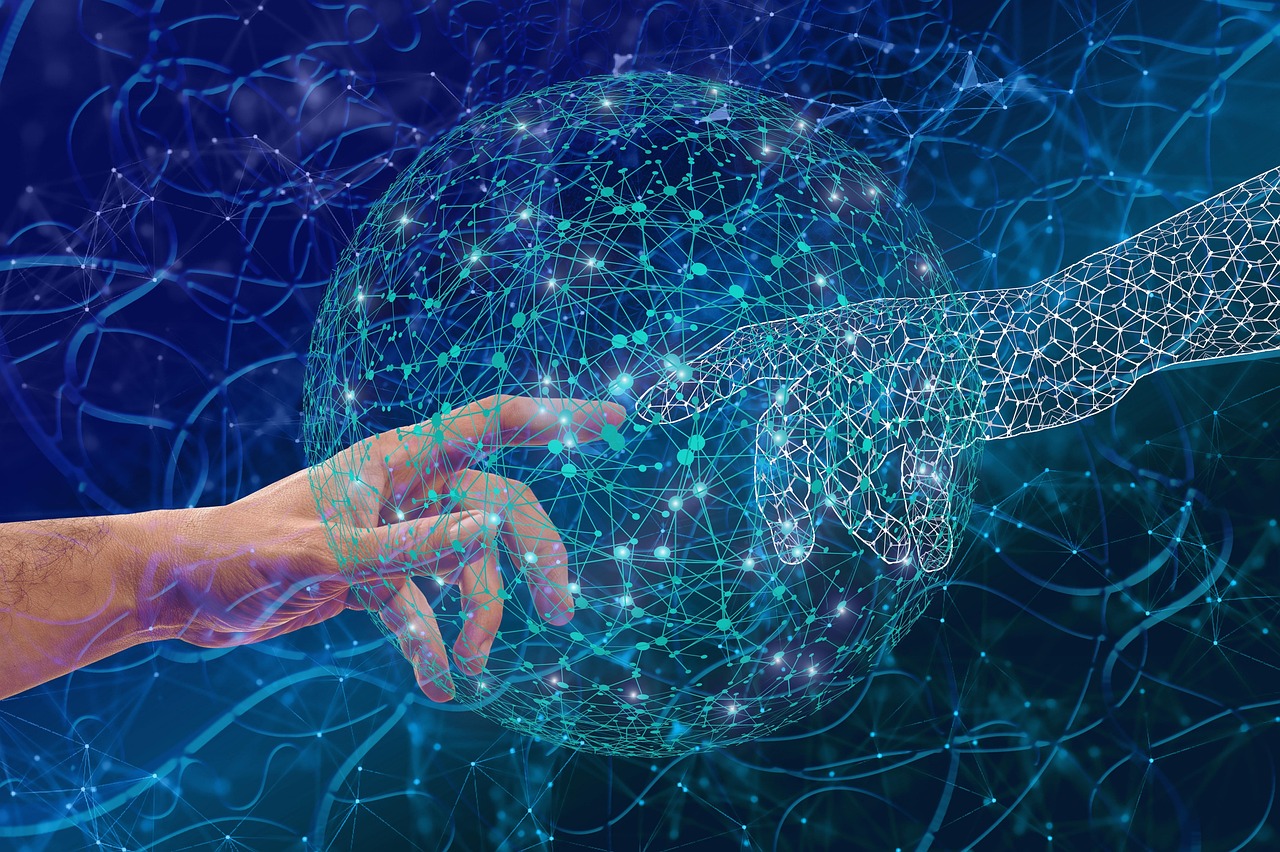Leveraging AI for payroll auditing can benefit both large enterprises with hundreds of employees working various schedules over several shifts in the payroll cycle and small businesses with a handful of staff members. However, organizations must ensure HR teams can provide oversight to maximize gains.
Improving Payroll Audit Efficiency With AI
Since AI can process hundreds of documents in seconds and rapidly analyze vast datasets, it can easily automate routine payroll tasks like updating records, processing employee benefits and preparing payslips. Companies can integrate it into cameras, keypads or computer software to automate processes like attendance tracking.
Since its conclusions are data-based, it can calculate gross and net pay using working hours, break periods, overtime pay and voluntary deductions. It can even factor in tips, shift differentials, commission, reimbursements or union dues if needed.
This technology shines in payroll auditing. It simplifies and streamlines tedious manual processes by cross-referencing records and double-checking direct deposit information within minutes. Generative models can document results for stakeholders and compliance purposes. Since the process is automated, companies can increase audit frequency.
Many HR professionals have not leveraged AI for payroll applications. Instead, they focus on its uses for hiring. According to Statista, 64% used it for recruiting or interviewing in 2024. Many companies use software to track employee compensation. However, effective AI implementation offers numerous benefits.
How AI-Driven Audits Benefit Businesses
Intelligent automation saves staff time and eliminates the need for outsourcing, lowering costs. It simplifies complex processes like tax filing and reduces errors associated with manual data entry. As the organization grows and evolves, it can adapt, ensuring scalability.
Since this technology can adapt to new information and respond to plain language input, it is more user-friendly than standard software solutions. Workers can use it as a self-service solution to look up information without contacting HR. This way, they may identify and address discrepancies themselves, supporting the auditing process.
As these benefits suggest, AI could be integral to an organization’s growth. According to the 2025 AI at Work Report from G-P, business leaders and HR professionals agree. The study surveyed 3,350 respondents, finding that 74% of respondents believe AI is critical to their success. At the very least, it mitigates financial penalties by ensuring compliance with labor and tax laws.
Workers benefit, too, since the technology ensures their funds are processed quickly and accurately. It eliminates guesswork, eliciting confidence in the system. Firms could use this feature as a selling point during hiring, which may help improve employee retention and job satisfaction.
In a 2024 survey, 72% of HR leaders — up from 62% in 2023 — reported being somewhat or extremely concerned about losing talent. With AI, they could lessen employee dissatisfaction and preserve employer brand reputation by ensuring payroll is accurate and timely.
The Importance of Human Oversight
These benefits are not guaranteed. AI is a tool — not a silver bullet — so any improvements stem from strategic, effective implementation and monitoring. If training data is inaccurate or the algorithm unexpectedly encounters a complex situation, it may make a mistake. Given the importance of payroll audits, oversight is vital.
Say a model misclassifies a remote worker after misinterpreting the United States Department of Labor’s definition. People are generally classified as employees when they have a continuing relationship with an employer who decides how work will be performed. Contractors tend to work with multiple clients, deciding which projects to take on. However, there is some gray area.
Algorithms can adapt to new information but do not think like humans. A data-based decision sounds great until missing, anomalous or incorrect information skews the output. HR teams should consider the ethical implications of implementation. How much personal information will the model have access to? Will employees be informed about its involvement? Will they have the option to opt out?
AI can engage in unfair or discriminatory practices based on demographic characteristics. For example, it might miscalculate benefits after concluding all female staff members will take maternity leave. Human oversight can catch problems like this before they snowball, which is why it is fundamental to the adoption process.
Strategies for Human-AI Collaboration
As more HR departments automate with AI, human oversight will become increasingly important. Just because a tool is industry standard does not mean it is immune to mistakes.
Establish a System of Accountability
Leaders should decide which HR professionals will be in charge of auditing the AI. Establishing a documented system of accountability ensures follow-through. It also helps leaders track down people who miss the model’s mistakes, preventing future errors. The framework could be based on people’s tenure, schedule or experience.
Develop Clear Decision-Making Protocols
Decisions should adhere to legal and regulatory standards. Although integrating AI into payroll audits is a relatively new concept, companies cannot make the rules up on the spot. They must play by the book to comply with labor, tax and data privacy laws.
Bring HR Professionals Up to Speed
Not everyone has the same experience with AI. In the U.S., around 27% of people interact with it multiple times daily, 28% use it roughly once per day and 44% rarely use it. Bringing staff up to speed is essential because it ensures implementation will be relatively seamless. Training should cover features, general use and basic troubleshooting.
Mandate Some Level of Human Involvement
While occasional audits can work well, consistent human involvement ensures teams get comfortable with the automation software quickly. It also helps train them to spot minor discrepancies early on, reducing errors right out of the gate.
Enhancing AI Audits With Human Oversight
Comprehensive payroll audits are tedious and complex, especially at larger firms. While software reduces the burden on the HR team, manual work is still necessary. With AI, they could fully automate the process, stepping in occasionally only to provide oversight. Including the human element is an integral part of success.







